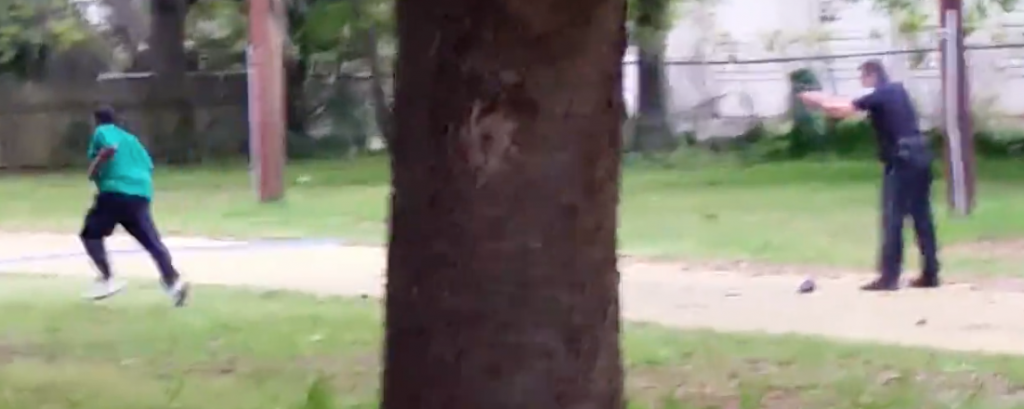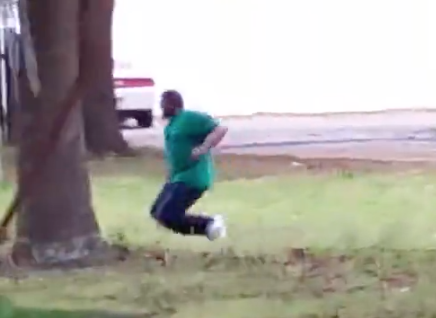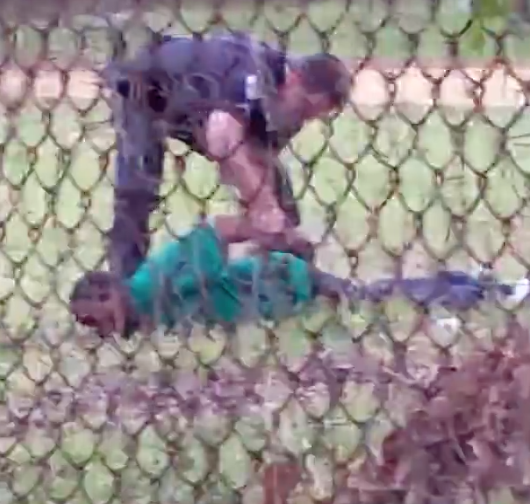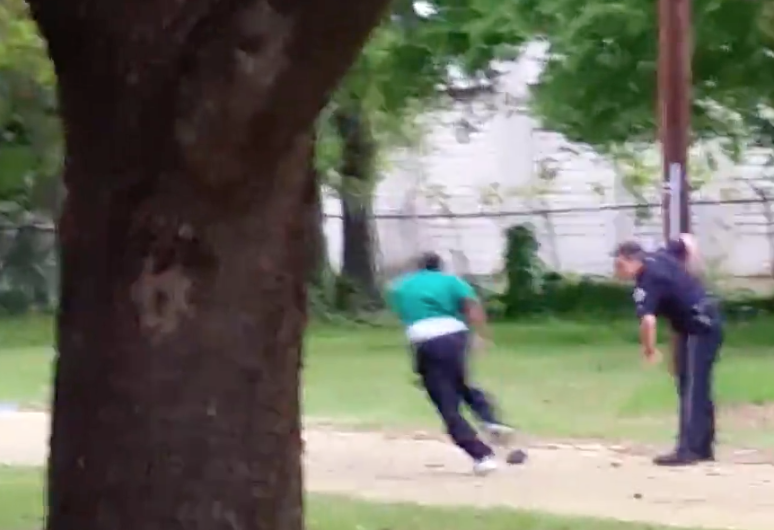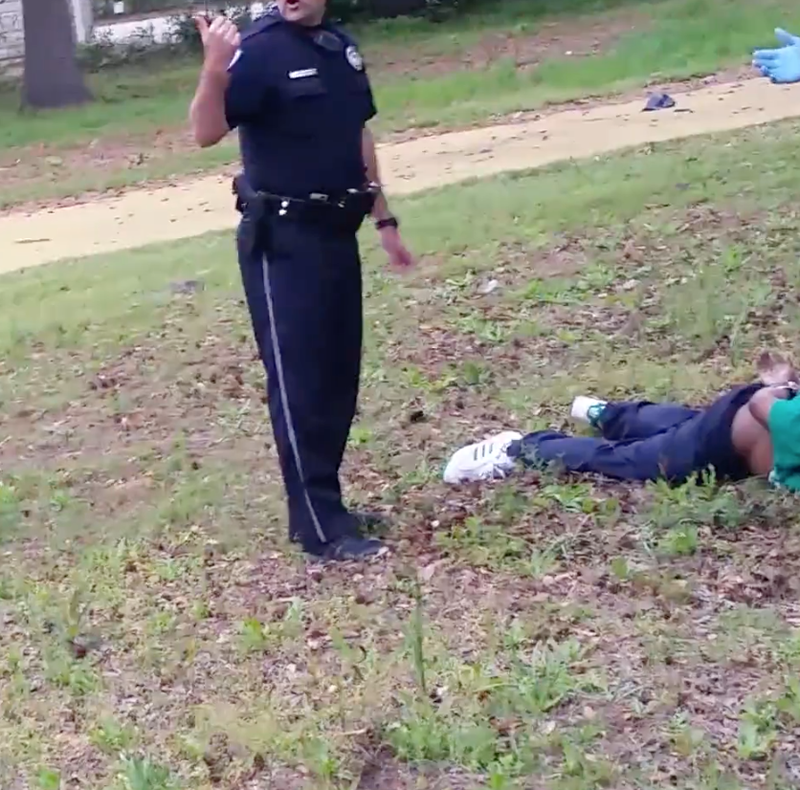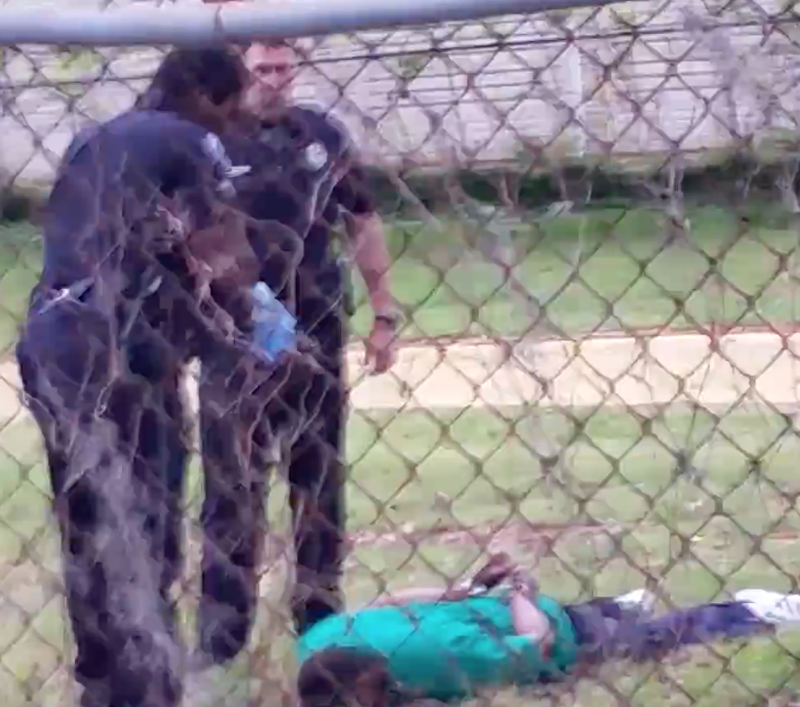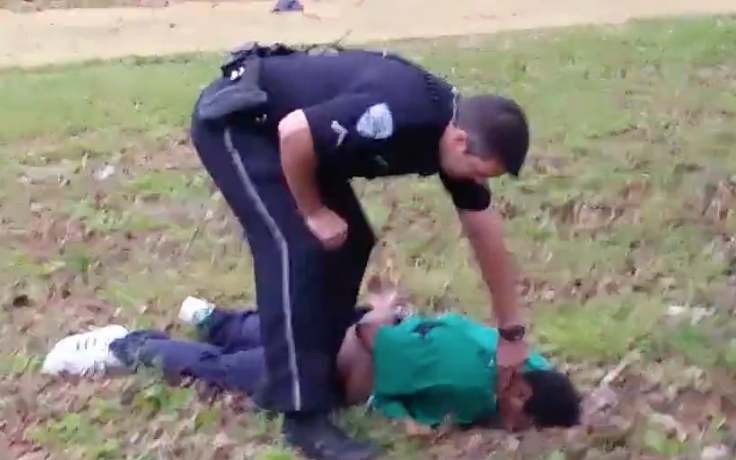The Slager Mistrial: Sometimes Justice is Slow
Clickbait headlines tried their best to reel in emotional readers, people who were angry that former police officer Michael Slager’s day in court ended in a mistrial. HOW, they cried, could the justice system let that evil man go? WHY, they asked, would jurors let that devilish man off the hook after the world so plainly saw him shoot Walter Scott in the back, multiple times? It was an open and shut case and now they’ve let him get away with murder. Judge Clifton B. Newman allowed Slager to get away with Cold-Blooded Murder!
Okay, before we continue let’s form a better understanding of a mistrial.
Mistrial – an inconclusive trial, such as one in which the jury cannot agree on a verdict.
A mistrial, in the Slager case, was nothing more than the result of twelve jurors who couldn’t agree on a verdict. Some, the majority, I believe, thought he was guilty. The rest, and maybe as few as one, thought otherwise, or they weren’t sure.
In scenarios where jurors do not agree on a verdict the trial judge has no alternative other than to declare a mistrial. But a mistrial does not mean the case is over and the defendant is clear and free of his charges. Not at all. In fact, a mistrial is nothing more than an inconvenient and costly hiccup in the process. It’s a pause for the cause.
Prosecutor says Slager to be retried.
In the Slager case, the prosecutor has already vowed to retry the former police officer.
Now, why one or more of the jury members thought Slager might not be guilty as charged, well, who knows. The video was pretty damning. Slager shot Walter Scott in the back, multiple times, as he ran away.
But that’s exactly why the reason the system is as it is. We’re entitled to a jury of our peers, and it is they, the people who listen to the evidence and from it make a determination as to innocence or guilt, who are charged with determining the outcome of criminal and civil cases.
Both sides, prosecution and defense, have the opportunity to interview and select and/or reject each potential juror from a pool of randomly selected citizens (from voter registrations, driver’s licenses, etc.). Those selected from the jury pool are then seated as jurors.
Voir Dire – the act or process of questioning prospective jurors to determine which are qualified (as by freedom from bias) and suited for service on a jury. (Merriam-Webster).
Somewhere near, or at the conclusion of a trial, the judge instructs the jury about relevant/applicable laws, defines all terms, standards of proof, etc. Then the jury is excused to the jury room where they’ll conduct deliberations. To help with making their decision, the jury may ask to see trial transcripts and to examine evidence or documents relating to the case.
The goal of the jury is to reach a unanimous decision of either guilt or innocence. If they cannot agree, the jury is a “hung jury,” and the judge will declare a mistrial.
In the Slager case, the jury had three options before them—a conviction for murder, a conviction for voluntary manslaughter, or an acquittal. The jury, in a final note to the court, said that a majority of its members were “still undecided.” They were deadlocked.
Once a jury deadlocks, a judge declares a mistrial it is then up to the prosecutor to decide whether or not to retry the case. The prosecutor for Charleston County, Scarlett A. Wilson, has announced that her office will retry the Slager case.
Again, this case is not over. In fact, it’s merely in mid-process.
Mistrials occur all the time, and for various reasons.
For example (from the American Bar Association).
Mistrials can occur for many reasons:
- death of a juror or attorney
- an impropriety in the drawing of the jury discovered during the trial
- a fundamental error prejudicial (unfair) to the defendant that cannot be cured by appropriate instructions to the jury (such as the inclusion of highly improper remarks in the prosecutor’s summation)
- juror misconduct (e.g., having contacts with one of the parties, considering evidence not presented in the trial, conducting an independent investigation of the matter)
- the jury’s inability to reach a verdict because it is hopelessly deadlocked.
So, to sum up and in response to a mountain of questions.
- A mistrial is not the end. Not at all. Instead, in this case there’s a 99.9% – 100% chance of a retrial. Please do not allow the click-bait headlines to send you down the wrong path. Again, a mistrial is not an acquittal/not guilty verdict.
- It’s not fair to blame the police for a decision reached by a jury of non-law enforcement folks. In other words, the jury that couldn’t reach a decision was comprised of everyday citizens, not cops. The police were in no way responsible for the jury’s decision.
- What do I think should happen to the former officer who pulled the trigger? Well, as I stated when it first occurred (I said Slager should be and would be charged, and he was), I wasn’t there nor do I know what the former officer was thinking at the time. However, to address the question, yes, there are times when it’s justifiable to shoot a fleeing felon—when police believe the suspect will cause death or serious injury to the officer, other officers, or the public, if not apprehended. I do not believe this was one of those times. Again, I cannot begin to guess what the officer was thinking or what he knew when he fired those shots at a man who was clearly running away from him. Did the officer believe the man would seriously harm someone? I don’t know.
But, this is strictly coming in hindsight from the perspective of an armchair quarterback, and we all know how I feel about “guessing” when it comes to these sorts of things. I don’t like to make assumptions based on videos that only capture a portion of an event. Still, the video showing this shooting seems to be pretty clear.
- Do I believe the former officer will eventually be convicted … yes. Of what, I’m not sure because I’m fairly certain jury instructions will be modified for the new trial.
- Why did Slager handcuff Scott after he shot him? It’s for safety reasons that handcuffing is necessary, even after suspects have been shot and are down. I’ve seen people shot multiple times and still get up and run away or to violently struggle with officers. In fact, the shootout I was in is a perfect example. After being shot five times, once in the head and four times in the center of the chest, the robber stood and ran towards officers while still pulling the trigger on his weapon. I and a captain from the sheriff’s office tackled and handcuffed him.
You just don’t know, so it’s best to handcuff until things are sorted out. So yes, handcuffing in these instances is standard procedure. It may seem cruel or cold, but it is what it is for a very good reason.
Slager. Is is guilty of murder? Well, it’ll be up to a new jury to decide.

